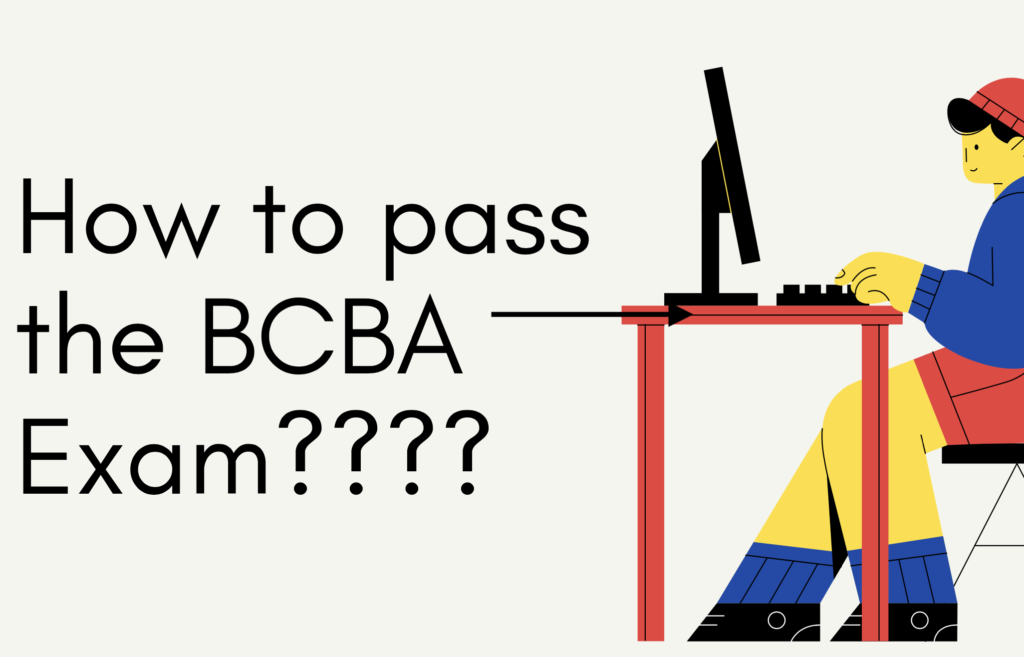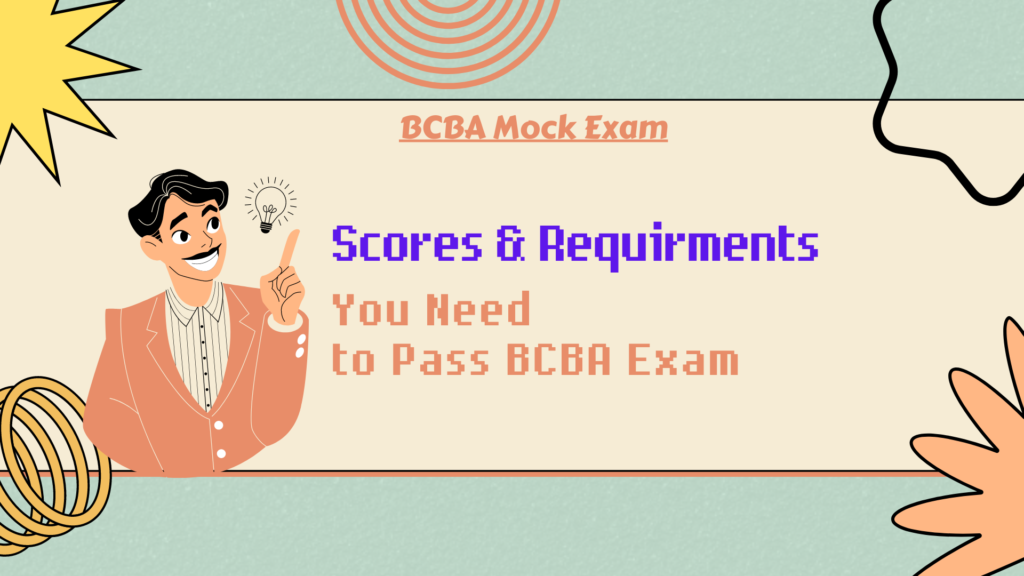Terms of Experimental Design You Must Know in BCBA Exam
Hey, welcome back! In this week’s article, we are going to continue our last week topic: the terms you must know in Task list D of BCBA exam. In order to let you recall your memory, here is the content of Task list D:
D-1: Distinguish between dependent and independent variables
D-2: Distinguish between external and internal validity
D-3: Identifying defining features of single-subject experimental design
D-4: Describe the advantages of single-subject experimental designs compared to group designs.
D-5: Use single-subject experimental designs
D-6: Describe rationales for conducting comparative, component, and parametric analyses.
We are going to focus on D-4 to D-6 today, you can view the terms of D-1 to D-3 by clicking here. Let’s begin!
D-4 The advantages of single-subject experimental design compared to group design
1) Single Subject Experimental Designs
Single experimental designs have several different forms. Within-subject research is one of the most highly used single experimental designs. In this research method, comparisons are made within each subject. The researchers usually use an individual as their own control and take the data at baseline. Then they introduce an intervention (independent variable) to the individual and take the data. The final step is to compare two sets of data and investigate the difference between the data.
Single subject methodologies are widely used by behavioral analysts. It is a fundamental obligation of behavior analysts to make data-driven judgments that benefit each unique customer. Using single case design approach allows us to demonstrate a functional relationship between our intervention and the behavior change required by the client.
2) Group Designs
For group designs, researchers usually set up 2 groups of subjects, one group with intervention and the other group is taken as the control group. Then they compare the result between the 2 groups. This is known as between-subject research.
Comparing to within-subject designs, between-group designs are not worse, they simply focus on different questions and different fields. So it is important for behavioral analysts to understand in other fields and areas, group designs are more widely used by researchers.
It is crucial to remember that “group design” does not inevitably refer to research with a large number of participants, nor does “single subject design” relate to studies with only one participant. The names refer to the level at which the analysis is carried out, not the total number of participants in the study. However, most single case studies have fewer participants than group designs.
D-5 Use Single Subject Experimental Design (Reversal, Multiple Baseline, Multielement Treatment Design, Changing Criterion)
1) Reversal Design (A-B-A-B)
This method refers to an experimental design in which the baseline conditions (A) and the same intervention conditions (B) are reversed in order to improve experimental control. Reversal design therefore enable researchers to identify a functional relationship between dependent and independent variables.
For instance, A behavior analyst gathers baseline data on a student’s anxiety behavior (A). They start implementing an intervention (B) and gather data on the student’s anxiety behavior. The intervention (B) is withdrawn by the behavior analyst after numerous trials (A). The behavior analyst reinstates the intervention to establish robust experimental control (B).
2) Multielement Treatment Design
An experimental design in which two or more conditions are given in swiftly alternating succession, regardless of response level or effects on target behavior. This design can show behavior analysts which is the best treatment or intervention for the client. It is easy to handle because the design does not require any withdrawal of interventions.
For instance, a behavioral analyst wants to look at the effect of 2 treatments on a student’s anxiety behavior. The behavioral analyst then uses a multielement treatment design on treatment 1 and treatment 2. The result then shows treatment 2 showed a sufficient decrease in anxiety behavior than treatment 1.
3) Multiple Baseline Design
This is an experimental design in which intervention implementation is staggered in a stepwise manner across behaviors, settings, and individuals. This design is the most widely used design to the high flexibility of its methodology.
4) Changing Criterion Design
This is an experimental design where successive and progressive changes to the criteria for reinforcement or punishment are made after the first baseline phases. Noticeably, this design does not require reversal, withdrawal, and comparison.
D-6 Rationales for Conducting Comparative Analysis, Component Analysis, and Parametric Analysis
1) Comparative Analysis
This analysis refers to the comparison between 2 different types of treatments or interventions.
2) Component Analysis
This refers to any experiments that are designed to investigate which part of the treatment is in charge of the behavior change. There are 2 types of component analysis
- a) Drop-out Component Analysis
This methodology of this experiment is to present the whole treatment at first, and then gradually remove the components.
- b) Add-in Component Analysis
In contrast to drop-out component analysis, this design is to present each component individually at the first stage.
3) Parametric Analysis
This is an experiment designed to evaluate the range of values for an intervention. For instance, if researchers would like to know how much dosage of a medicine is effective for a disorder, then they will evaluate the effect of the medicine from a dosage of 0.1mg and gradually to 0.5mg and then know the desired dosage.
A Short Summary
So here is all the content for task list D. We hope this is helpful for your BCBA exam. Also, exam preparation not only needs to remember terms but also needs to practice real exam questions. If you wish to practice real exam questions and mock exams, you can visit us at: www.bcbamockexam.com . Pass your exam on the first try!





